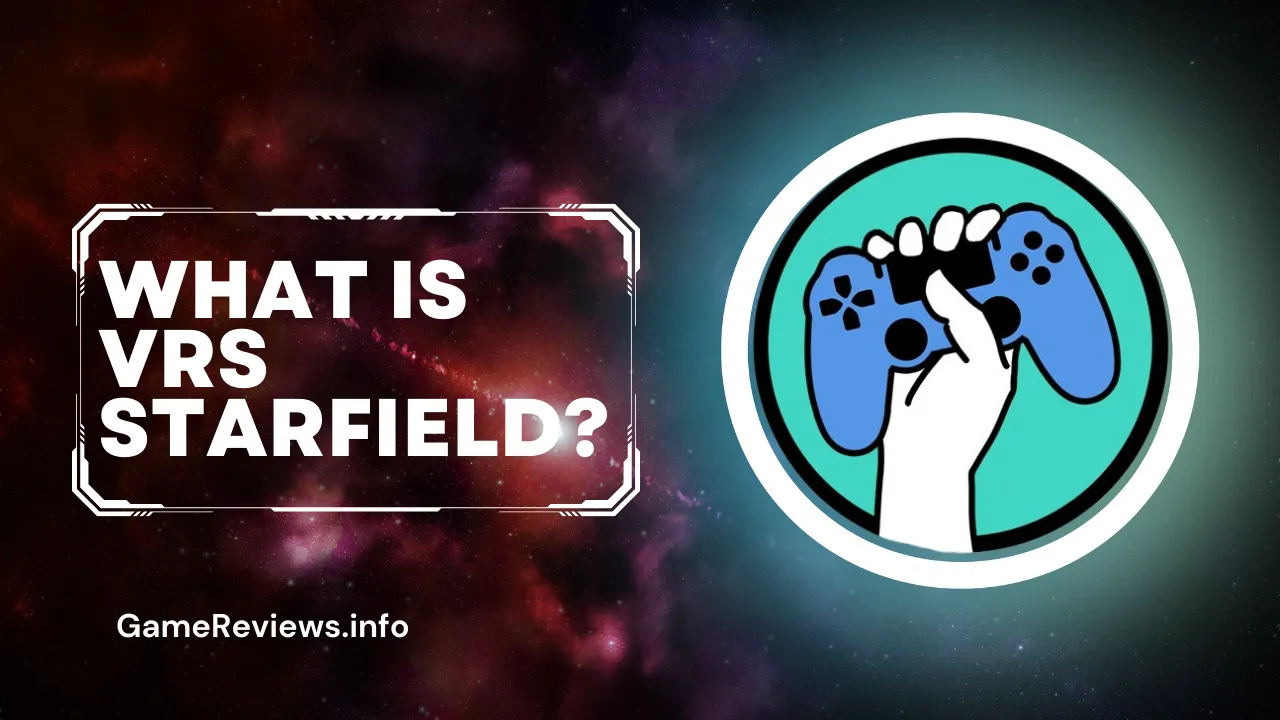Hey spacefarer! Ever wonder how Starfield might achieve its stunning visuals while keeping gameplay smooth? Buckle up, because we’re diving into a techy term that might just become your new best friend: VRS, or Variable Rate Shading.
What is VRS?
Imagine you’re painting a vast space scene. The foreground, where your spaceship soars, needs all the detail – every scratch, every bolt. But the distant stars?
They can probably get by with a little less processing power. That’s the basic idea behind VRS. It’s a fancy way of saying that the game adjusts how much detail it renders on different parts of the screen.
Areas that are far away or less crucial to the moment-to-moment action can be rendered at a lower resolution scale or with less complex lighting effects (like contact shadows) to free up resources for the areas that matter most to your immersion.
How Does VRS Help Starfield Run Smoother?
By focusing its power on the crucial areas, VRS frees up resources for the game to squeeze out more frames per second, otherwise known as the frame rate. This translates to smoother gameplay, especially if your graphics card isn’t quite a powerhouse like the latest GeForce RTX 3070.
Think of it as delegating tasks – the less important stuff, like those distant starscapes, gets a simplified approach, allowing the graphics card to dedicate its processing power to rendering the areas that matter most to your gameplay experience, like your spaceship in all its detailed glory.
This can be particularly helpful in areas with heavy crowd density, where rendering all those individual characters can strain even the beefiest GPUs.
Are There Any Downsides to VRS?
While VRS strives to be invisible to the naked eye, some players have reported occasional blurriness in specific situations, particularly with dynamic resolution scaling enabled.
The tech community might have some back-and-forth about the visual impact, so it’s worth experimenting with the VRS setting in-game to see if it works for you.
Finding the right balance between frame rate and image quality often comes down to personal preference.
Should You Use VRS in Starfield?
If you’re looking for a way to improve performance without sacrificing too much visual quality, VRS is definitely worth a try. It might just be the key to a smoother journey through the vast expanse of Starfield!
Here’s a quick tip: Try enabling VRS while keeping other graphics settings, like volumetric lighting and depth of field, on high. You might be surprised at how well you can maintain a good frame rate without sacrificing visual immersion.
Conclusion
VRS in Starfield offers a compelling option for players seeking a smoother gameplay experience. By intelligently allocating resources, it can potentially boost performance without a major visual downgrade. While there might be some slight blurriness in rare cases, the trade-off for a more stable frame rate can be well worth it.
So, should you use VRS? Ultimately, it depends on your priorities. If maximizing visual fidelity is paramount, you might be content with disabling it. However, if smoother gameplay takes precedence, especially on a system that might not meet the highest recommended specs, VRS can be a valuable tool.
Experimenting with the setting in-game is the best way to determine if it enhances your Starfield experience.
Frequently Asked Questions
Q: Is VRS new technology?
A: VRS has been around for a few years, but it’s becoming increasingly common in modern games as graphics cards and game engines become more sophisticated.
Q: Does VRS work on all graphics cards?
A: No, VRS requires a graphics card that specifically supports the technology. Generally, Nvidia RTX 20 series and later or AMD Radeon RX 6000 series and later will have VRS capabilities.
Q: Can I adjust the intensity of VRS in Starfield?
A: Unfortunately, Starfield doesn’t currently offer granular control over VRS intensity. It’s typically an on/off setting.
Q: Are there any alternative ways to improve performance in Starfield?
A: Absolutely! Here are a few options:
- Lowering graphical settings: This is a classic approach that reduces the overall graphical workload on your system.
- Dynamic Resolution Scaling (DRS): This feature dynamically adjusts the resolution to maintain a target frame rate.
- DLSS (Nvidia) or FSR (AMD): These upscaling technologies can improve performance by rendering the game at a lower resolution and then intelligently upscaling it to your display’s native resolution.
By using a combination of VRS, graphical setting adjustments, and upscaling technologies, you can optimize Starfield for a smooth and enjoyable experience.
Do You have any other Question Visit here to Get Answers: Game Reviews

